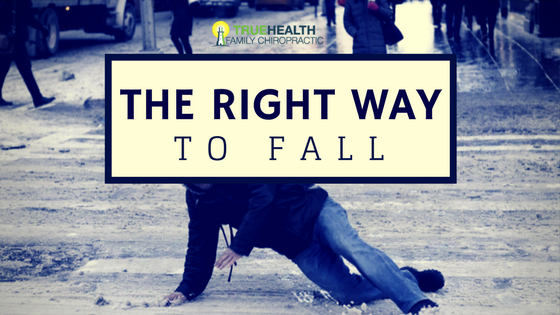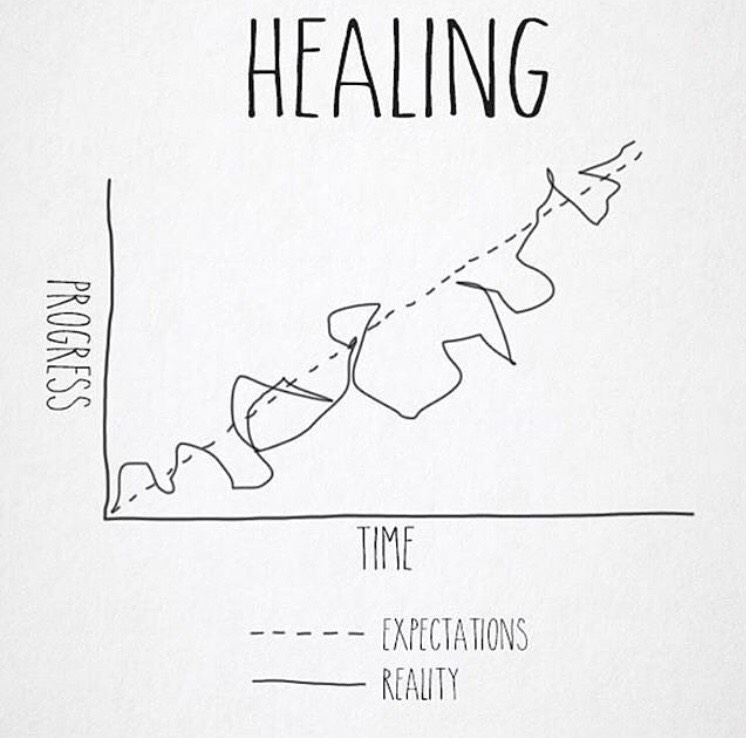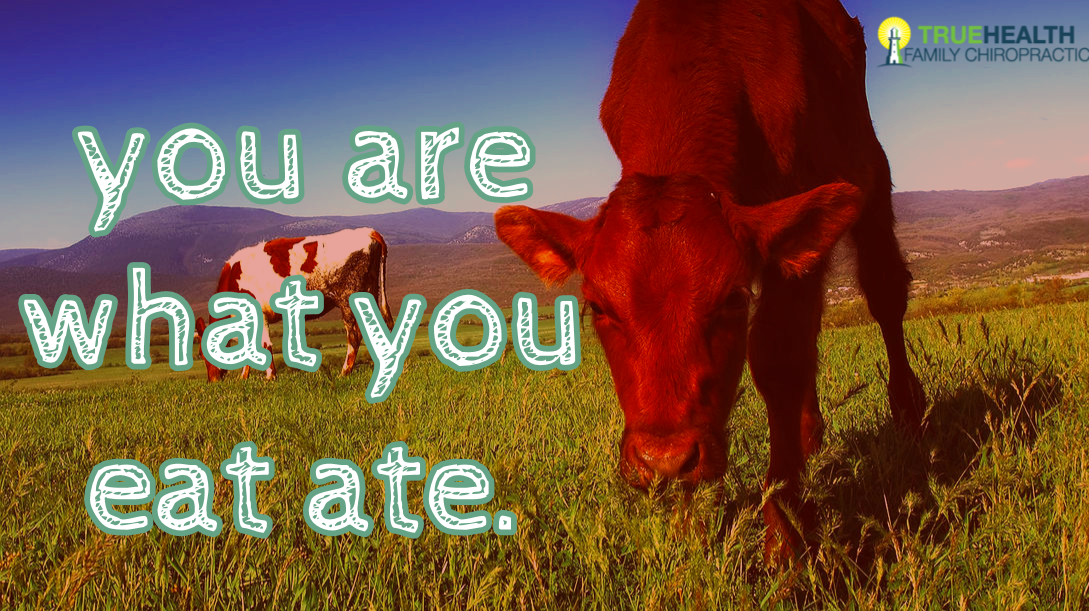Life is not complex. We are complex. Life is simple,
and the simple thing is the right thing.
– Oscar Wilde
Minimalism can provide many benefits to your life, be it less stress, more money or more time. What many people don’t realize is that it also applies to your family’s health and well-being. We are often told we couldn’t possibly figure out how to improve our health on our own, that it is a very complicated process. The truth is – it isnt.
If you follow these simple yet essentials tips your family’s health will improve, without leaving you overwhelmed (or broke!).
Move your body in a way you enjoy.
Traditional “exercise” is not mandatory. Sure, you can join a gym if you’d like but it’s not necessary – and the downside is your children can’t exercise with you. So, instead – why not walk more?
It’s that simple. Move your body way more than you currently are and your health will improve. Walking is a refreshing alternative to complicated aerobic routines and overpriced gym memberships – it’s free, enjoyable and already a part of your everyday life. Plus, the whole family can be involved – even the dog!
The benefits of walking are endless – so let’s just name a few: it helps prevent and reduce the severity of chronic disease (like high blood pressure and diabetes), it also improves mood and mobility. The best part about these benefits is that it doesn’t take much time from your day to achieve them. Thirty minutes a day is where we see start to see great health benefits.
Besides these health benefits – there’s also quality and uninterrupted time as a family: Being outdoors and breathing fresh air promotes a sense of calmness that can lead to bonding time and better conversations. In addition, you’re leading by example -setting a great example by modeling good healthy exercise habits that can reap future benefits in a child’s attitude towards exercise and fitness.
If walking isn’t your thing – do something else. Hiking, pillow fights, dancing to music, bike rides, jumping on the bed, whatever your kids enjoy – anything to get your family moving.
Eat Clean
This one truly is simple – research has proven what matters most: make sure your diet consists mostly of real, minimally processed foods.
To successfully implement this into your life remember we often eat what’s convenient, and if you buy it and keep it in the house, you’ll eat it – so don’t buy it in the first place. The following are some basic ground rules to follow when eating clean. Eat more organic and/or local fruits and vegetables, and remember the fresher the food, the more potent the nutrients. Drink more pure filtered water (Divide your weight by 2, aim to drink that number in ounces). Eat a handful of raw nuts/seeds everyday. When it comes to meat and dairy – choose products where animals live as close to their natural state as possible -free-range, cage-free, grass-fed, raw milk etc.). Lower your intake of inflammatory/mucus producing foods (dairy, sugar, wheat) and instead aim to eat more raw foods that contain powerful enzymes and phytonutrients (try juicing).
You can even involve your children by letting them help make a green smoothie; this can be any combination of several greens, avocado, coconut oil, and a little fruit. They deliver great nutrient-dense antioxidants and phytonutrients from vegetables with the fruit added to sweeten and lessen any bitterness from the chard, kale and spinach. They taste great and your children will learn about new foods and become more comfortable in the kitchen. Just remember the 3 main ingredients should be plants, fat, and protein (not all fruit/sugar).
Make Sleep a Priority
Sleep is often the single most undervalued behavior in our lives—and yet it is the one with the most immediate power to improve our lives in every waking moment. Getting a good night of sleep is one of the cornerstones of health, your body needs this time to repair and heal. Research shows that inadequate sleep can have disastrous effects on your weight loss efforts, impair your concentration, and weaken your immune system.
When it comes to bedtimes – the earlier is truly the better. Now, I know early bedtimes may not be possible with some families’ schedules, which is totally understandable. But for those who can do it – I strongly urge you to try.
Research consistently shows that putting kids to bed early is beneficial for their physical, emotional, and cognitive development. Not only do kids tend to sleep more when the lights go out sooner, but they also may get a greater proportion of restorative sleep, too. Early kid bedtimes are also great for parental sanity. Sipping a glass of wine in silence? Snuggling up with your spouse to watch a grown-up movie for once? It’s really quite lovely.
In addition- sleep that happens earlier in the night tends to be more restorative than sleep that takes place later at night and in the early morning. So putting your kid to bed early may ensure that a higher proportion of her sleep is the extra-restful kind. And well-rested kids behave quite differently than sleep-deprived kids.
When kids (and adults) are sleep-deprived, their bodies release hormones including cortisol, adrenaline, and noradrenaline, which give them a second wind at bedtime and also make it harder for them go back to sleep early in the morning.
If sleep is an issue it’s worth noting – if you follow the other tips we mention here (walking more, eating cleaner, and getting adjusted) – your sleep will most definitely improve.
Remove Interference
Chiropractic care can literally change your family’s life, and enable you to live a pain-free life full of energy and vitality. That’s because chiropractic adjustments help reduce or eliminate pressure on your nerves—the same ones responsible for your everyday bodily functions. Chiropractic will help eliminate pain and inflammation, reduce fatigue, and restore normal balance and nerve flow to all your organs, giving you the energy, drive and peace of mind to go out there and live life the way it was meant to be lived.
Your child’s spine is affected by a multitude of things: starting with birth, leading to crawling/walking and slips and falls, to backpacks, texting, and computers as they grow older. If statistics are what motivates you – consider this – in the US alone, over 200,000 children are taken to hospital each year to have playground injuries assessed. Other likely times that our children will become misaligned include learning to ride a bike, sporting activities or hobbies, and minor or major car accidents.
The expertise of the chiropractor is in checking the child’s spine for misalignments that impair nervous system function therefore affecting overall body function. By removing the interference to the nerves, many of these conditions can improve and/or resolve naturally – without drugs or surgery. Regular chiropractic check ups are a key component in growing healthy kids.
Focus on the lifestyle, not the goals.
Strive to make eating well and moving your body in an enjoyable way part of your family’s daily life. Enjoy the journey and do these things for the right reasons – and you’ll improve your health, fitness and quality of life.






